| Author |
Message |
|
Tom Wolfe
Location: East Anglia, England Joined: 10 Aug 2015
Posts: 83
|
 Posted: Fri 28 Aug, 2015 6:56 am Post subject: Late 16th century morion: artifical aging? Posted: Fri 28 Aug, 2015 6:56 am Post subject: Late 16th century morion: artifical aging? |
 |
|
Please forgive the rookie level question on this, but I am a novice.
I've seen this morion for sale in England at a good price. However, the patina looks to my inexpert eye as though it is probably artificially aged. What do you guys think?
Thanks!
 Attachment: 151.6 KB Attachment: 151.6 KB
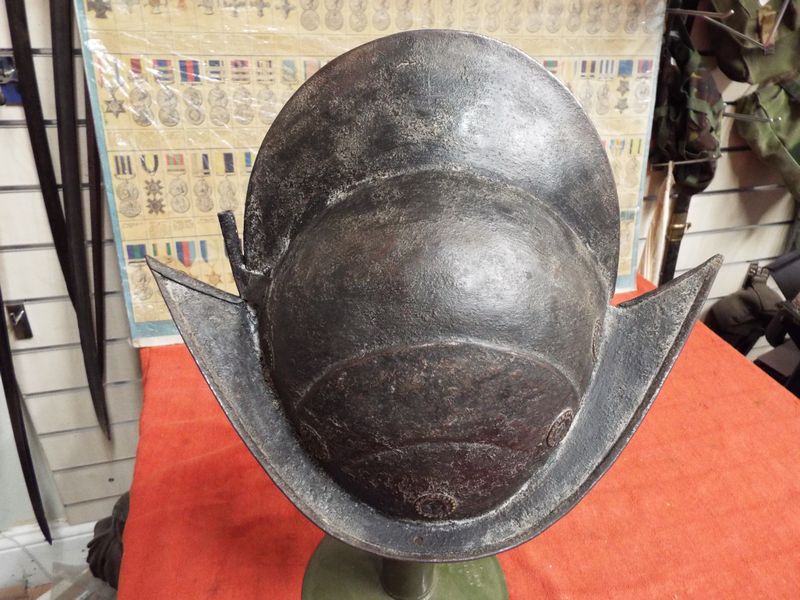
 Attachment: 158.39 KB Attachment: 158.39 KB
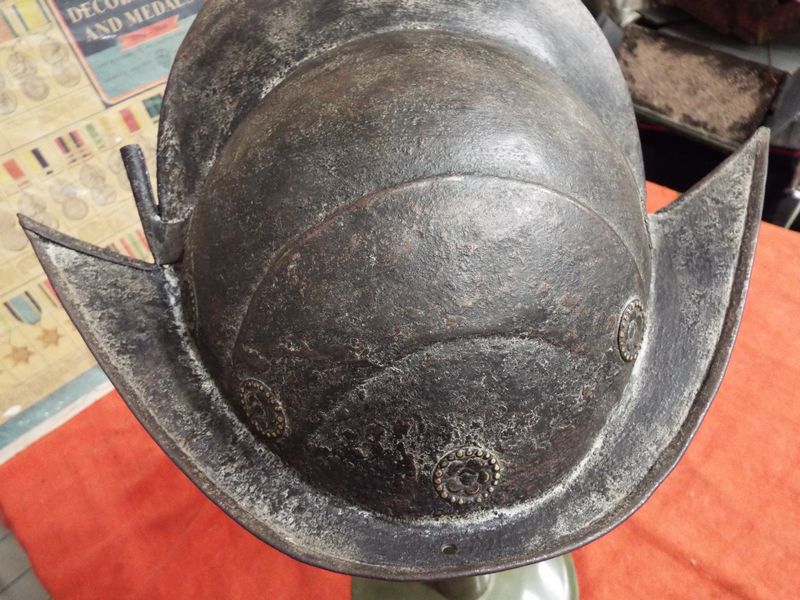
 Attachment: 160 KB Attachment: 160 KB
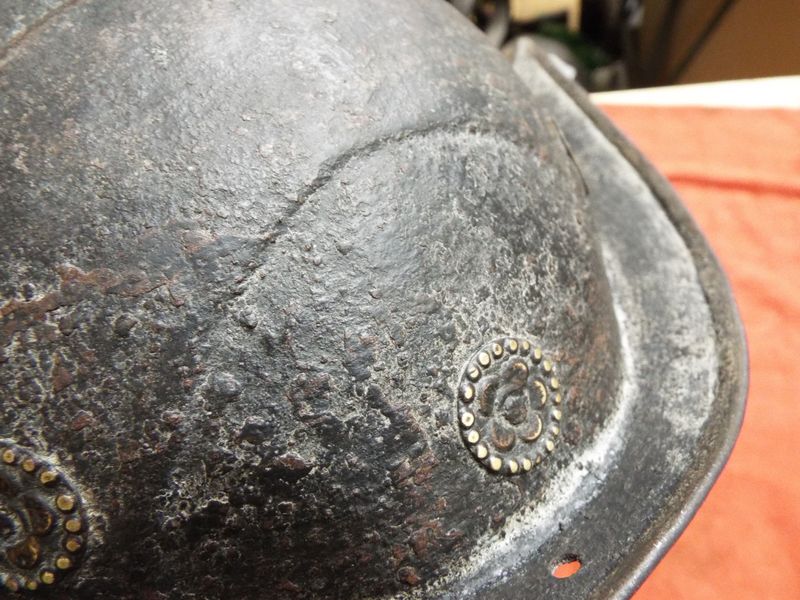
 Attachment: 160.65 KB Attachment: 160.65 KB
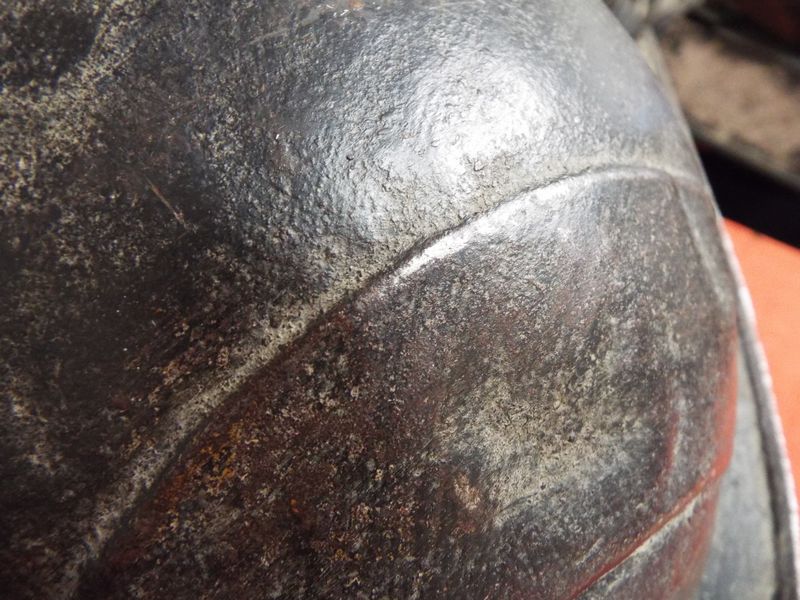
 Attachment: 152.4 KB Attachment: 152.4 KB
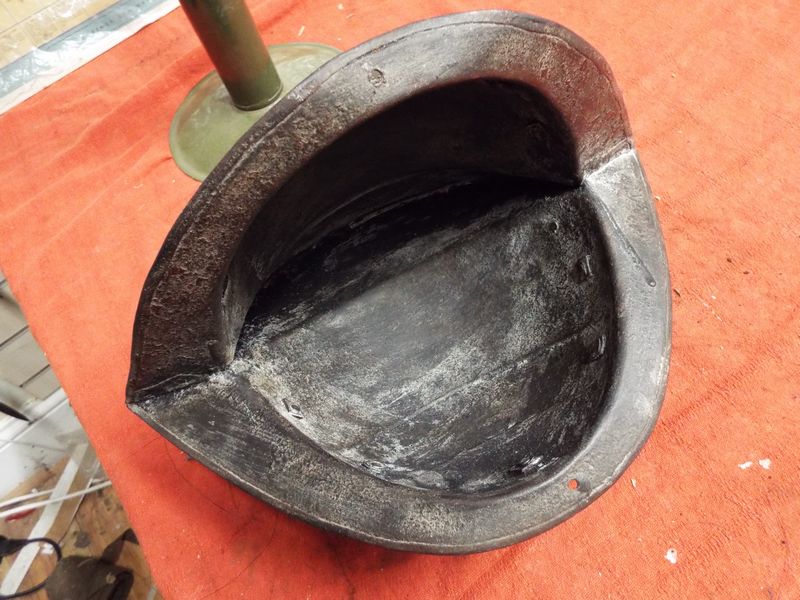
 Attachment: 133.1 KB Attachment: 133.1 KB
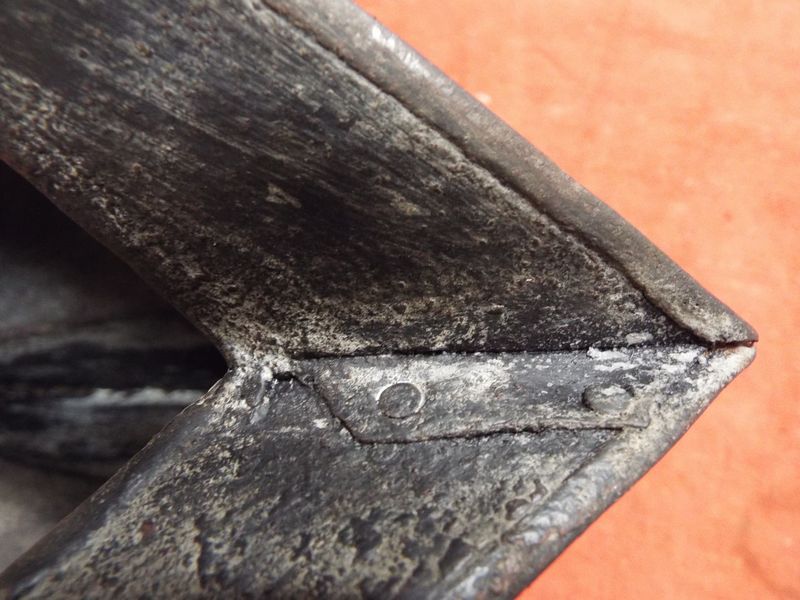
Collector of original 16th-17th century European arms and armour. Would like to collect earlier, but budget doesn't allow- yet!
|
|
  |
 |
|
Mark Griffin
Location: The Welsh Marches, in the hills above Newtown, Powys. Joined: 28 Dec 2006
Posts: 802
|
 Posted: Fri 28 Aug, 2015 1:23 pm Post subject: Posted: Fri 28 Aug, 2015 1:23 pm Post subject: |
 |
|
Your comment about the patina is right.
Currently working on projects ranging from Elizabethan pageants to a WW1 Tank, Victorian fairgrounds 1066 events and more. Oh and we joust loads!.. We run over 250 events for English Heritage each year plus many others for Historic Royal Palaces, Historic Scotland, the National Trust and more. If you live in the UK and are interested in working for us just drop us a line with a cv.
|
|
  |
 |
|
E.B. Erickson
Industry Professional
|
 Posted: Fri 28 Aug, 2015 6:49 pm Post subject: Posted: Fri 28 Aug, 2015 6:49 pm Post subject: |
 |
|
I agree that the patina is modern: it looks like someone has painted the helmet black and then burned it with a torch or something.
Interestingly, from the photos, the helmet itself looks OK for the early 1600s (having it in hand might change my mind!). Maybe it had been over cleaned which made someone attempt a repatination.
--ElJay
|
|
   |
 |
|
Daniel Sullivan
|
 Posted: Fri 28 Aug, 2015 10:35 pm Post subject: Late 16th century Morion ... Posted: Fri 28 Aug, 2015 10:35 pm Post subject: Late 16th century Morion ... |
 |
|
Tom,
Although it is almost impossible to tell from photos, it appears to be a genuine piece to me. Please post a close up photo of both the plume holder fastening/base area and the top of the comb. Would like to see the seam where the two halves are joined. Concerning the patina, appears that either shellac or varnish has been applied over some heavy rust. Is there any evidence that rust has penetrated, holing or weak spots?
I have a heavy back plate which had a similar heavy patina coated with shellac, but stripped it to bare metal. Wish I hadn't as it has lost some appeal. Also have a set of finger guantlets, sans fingers, with a medium patina coated with varnish outside while the interiors are painted green. Will be left that way ....
Cheers,
Dan
|
|
  |
 |
|
Tom Wolfe
Location: East Anglia, England Joined: 10 Aug 2015
Posts: 83
|
 Posted: Tue 01 Sep, 2015 8:28 am Post subject: Posted: Tue 01 Sep, 2015 8:28 am Post subject: |
 |
|
Thanks to all for responses. I have conducted further research myself, and have actually found two identical morions (not just similar but actually identical) that have sold in England at auction in the last couple of years. Both were sold as Victorian copies, so I think it is fair to say that 150 years ago a company was churning these out. Obviously, with 150 years' grime on them they are starting to look the part. No doubt handling one would show it to be light as a feather though!
Needless to say I shan't be finding space for it in my collection. I made a couple of excellent acquisitions over the weekend though so my hankering for new things has been sated for a while!
Collector of original 16th-17th century European arms and armour. Would like to collect earlier, but budget doesn't allow- yet!
|
|
  |
 |
|
|

